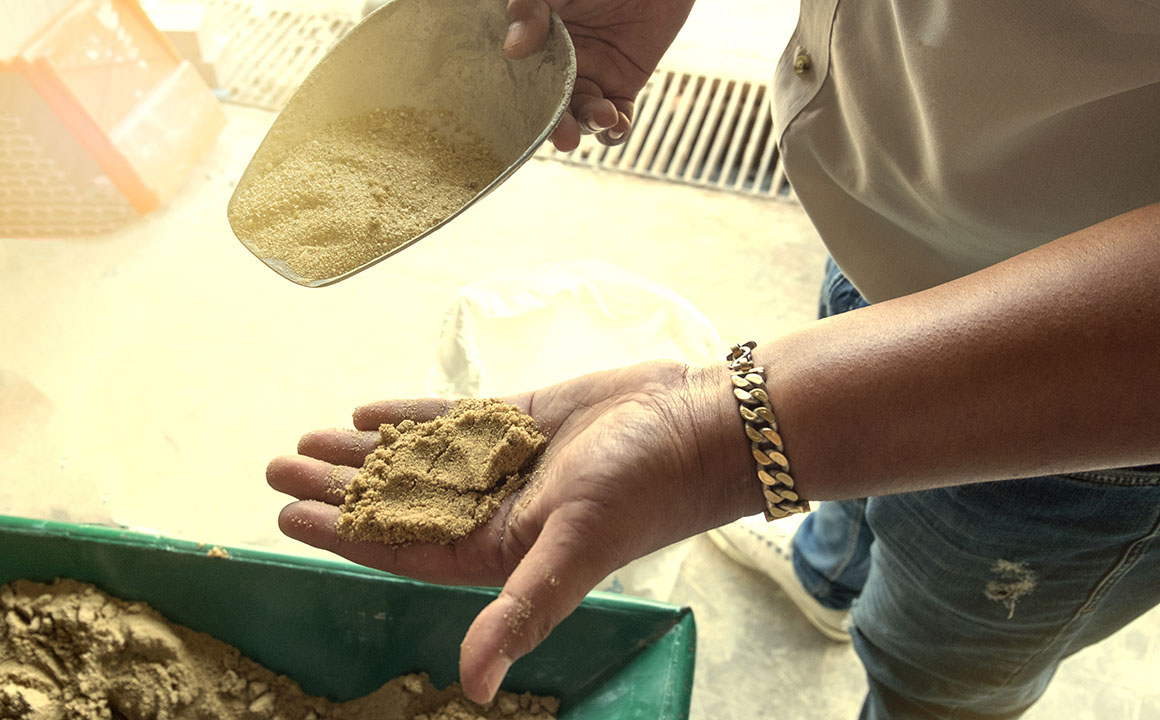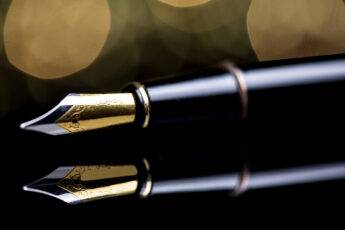Types of Gold Alloys

Throughout ancient times, gold has been prized for its beauty and value. Gold jewellery may be traced back to the early civilizations of Egypt and Mesopotamia when pharaohs and monarchs wore it. The method of alloying gold with other metals evolved over time, resulting in the development of different karats. For example, 375 gold was created in the 19th century in the United Kingdom when a new legislation required gold jewellery to be stamped with the purity of the metal.
When the government established a minimum standard for the purity of gold in jewellery in the early twentieth century, 585 gold became popular in the United States. For centuries, 750 gold has been utilised in beautiful jewellery and artistic artefacts, and 999 gold has been prized for its purity in cultures all over the world. Each variety of gold has a long history and has been prized for various reasons throughout history.
Pure gold, often known as 24-karat gold or 999 gold, is far too soft to be used in many commonplace applications, including jewellery. This is due to the fact that pure gold is highly malleable and ductile, making it easily bendable and scratchable. As a result, gold is frequently blended or “alloyed” with other metals to make it more durable and suited for jewellery-making. This procedure contributes to the improvement of gold’s physical qualities, such as hardness, strength, and resistance to wear and tear. Furthermore, alloying gold can modify its colour, which can be desirable for many types of jewellery.
375 gold, also known as 9-karat gold, is composed of 37.5% pure gold and additional metals such as silver and copper. This grade of gold is popular for manufacturing lower-cost jewellery and decorative things. The advantages of 375 gold include its low cost and long life. It is less prone to scratching and bending than other varieties of gold. However, the decreased gold content can reduce its value, and the other metals in the alloy may make it unsuitable for persons with sensitive skin.
The same as 375, 585 or 14 karat gold comprises 58.5% pure gold and is combined with additional metals such as silver, copper, and zinc. Gold is an ideal choice for high-quality jewellery because it maintains a balance between durability and purity. Because 585 gold contains more gold than 375 gold, it is more precious and has a deeper colour. It is also less likely to irritate the skin, making it suited for people with sensitive skin. However, the alloyed metals can impact its worth, and the higher price may make it less accessible to some individuals.
750 gold, also known as 18-karat gold, comprises 75% pure gold and is combined with copper, silver, and zinc in varying amounts. This sort of gold is popular because of its high value and opulent beauty. One of the advantages of 750 gold is its high gold content, which makes it more valuable than both 375 and 585 gold and gives it a deeper, richer colour. It is also less likely to irritate the skin, making it an excellent alternative for persons with sensitive skin. 750 gold is typically used in engagement rings, wedding rings, and other fine jewellery pieces that are intended to be worn on a regular basis and treasured for a lifetime. Because of its warm colour and durability, 750 gold is a popular choice for people looking for a high-quality piece of jewellery that will last a lifetime.
The purest and most valuable kind of gold is 999 gold, pure gold, or 24-karat gold. It is made entirely of 99.9% pure gold and is not combined with any other metals. The advantages of 999 gold include its high gold content, which makes it the most valuable, as well as its bright, shiny appearance. Because of its great purity, 999 gold is primarily utilised to make investment products, such as bars and coins, rather than jewellery. This is due to the fact that pure gold is too soft to withstand the wear and tear of everyday use, making it unsuitable for jewellery. On the other hand, the high worth and purity of 999 gold make it a popular choice for investors wishing to diversify their portfolio or hedge against inflation. Because of its high conductivity and biocompatibility, pure gold is also used in various medicinal and electronic applications. Notwithstanding its limits, 999 gold remains a symbol of wealth and status and is in high demand among collectors and investors alike.
The wide varieties of gold have distinct features and characteristics. The sort of gold you select will be determined by your requirements, budget, and desired level of purity and durability. Each gold has advantages and disadvantages that must be considered before making a purchase. Regardless of the sort of gold, it remains a symbol of luxurious life, and its value has remained stable over time.
Share via:





Leave a Comment